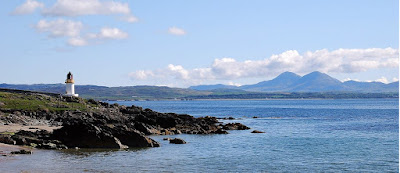
The beithir is a large deadly serpent, possible even a wingless dragon with a poisonous sting.
🐍🐍🐍🐍🐍🐍🐍🐍🐍🐍🐍🐍🐍🐍🐍🐍
It lives in caves and valleys.
If a person is stung by the beithir then he must head for the closest river or loch. If he can reach it before the beithir does then he is cured, but if the monster reaches it first then the victim is doomed. Another cure for the sting is water in which the head of another snake has been placed.
The beithir is considered one of the fuath, a general term for various monsters and spirits associated with water.
Its the largest and most deadly kind of serpent", or possibly a type of land dragon (but without certain typical draconic features like wings or fiery breath). similar to a lindworm (worm meaning snake), also spelled lindwyrm or lindwurm, is a mythical creature in Northern and Central European folklore that traditionally has the shape of a giant serpent monster living deep in the forest lindworm (worm meaning snake), also spelled lindwyrm or lindwurm, a mythical creature in Northern and Central European folklore in the shape of a giant serpent living in the forest
It makes its home in large mountainous caves and (valleys) and has an extremely venomous sting.
If a person is stung by the beithir then they need head for the nearest body of water like as a river or loch. If they can reach it before the beithir does then they are cured, but if the creature gets there first then the victim is will die.
Another cure for the sting is water in which the head of another snake has been placed.
A common belief is that if a normal snake is killed then the head must be separated a proper distance from its body and destroyed. Otherwise, both parts will come together and the snake will return to life as a beithir.
John Gregorson Campbell in 1900 provided an account of the beithir:
The big beast of Scanlastle in Islay was one of this kind. It devoured seven horses on its way to Loch-in-daal. A ship was lying at anchor in the loch at the time, and a line of barrels filled with deadly spikes, and with pieces of flesh laid upon them, was placed from the shore to the ship. Tempted by the flesh, the "loathly worm" made its way out on the barrels and was killed by the spikes and cannon
Loch-in-daal
John Francis Campbell in 1890 recounted a traditional story about a wicked stepmother who was the wife of an Irish king, and she gave the king's son a magic shirt that was a beithir in disguise. As long as the "great snake" remained coiled about his neck, the prince was under his stepmother's enchantment, but he was eventually freed from the beithir with the help of a wise woman.
This Serpent is most often sighted on summer nights when lightning strikes occurred
Tha e ann an grath na nathrach dhuit.'



No comments:
Post a Comment